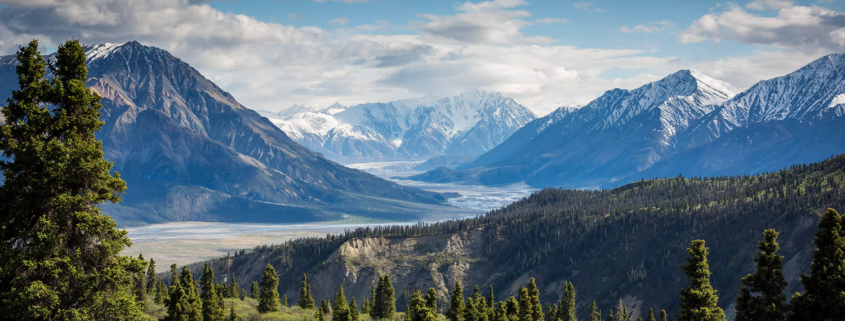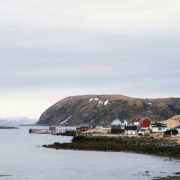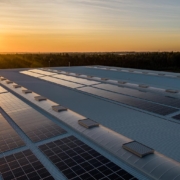Indigenous Youth: Leaders and Collaborators in the Fight Against Climate Change
Indigenous youth are fighting against climate change and advocating for Mother Earth through collaborative projects across the globe. Their leadership and collective engagement inform a resurgence of Indigenous traditions and an incorporation of new technologies to address persistent problems caused by climate change.
For example, In the Tata Province of Morocco, the hot summers and cold winters, and threatening extremes in rainfall have led young people to restore and maintain the khettara system, an ancient system of water irrigation – “a network of wells and sloped underground canals that delivers drinking and irrigation water from aquifers to fields, relying only on gravity.” And while the “over-extraction of groundwater” continues to be an issue, especially during severe drought and heatwaves, the presence of solar-powered pumps has enabled collective access to water. The khettara system had fallen into disrepair and neglect, and youth are calling for a return to a collective community-based approach to maintaining the khettara system, including the removal of detritus after floods.
Rapid changes in climate have an impact on hunting in the Canadian Arctic. The Igliniit Project involves a collaboration between Inuit hunters in Canada and geomatic engineering students. Together, they use digital technologies, including GPS, to collect and map data about climate change (including weather conditions and changes in sea ice) and the movements of animals. The project started in 2006 and it continues in 2023. Igliniit is an Inuktitut word for “trails routinely travelled.”
In the Yukon, Indigenous youth have been recruited to assist in implementing a vision to address climate change and uphold the self-determination of First Nations. Over a two-year period, the Council of Yukon First Nations partnered with the Assembly of First Nations Yukon Region and called upon people under thirty years old to determine, for all 14 Yukon First Nations, how to take climate action over the long term. The resulting youth-driven climate plan called Reconnection Vision, was released on June 30, 2023. The Reconnection Vision is not a rigid document, rather it draws in readers and implicates them to consider their “role and responsibility to the children, land, and life of tomorrow.” The Reconnection Vision draws from the intentions that were planted in the “Together Today for Our Children Tomorrow” document from 1973 that led “the federal government to begin a negotiation process a modern-day treaty, the first in Canada.”
To mark the International Day of the World’s Indigenous People, on August 9th, Indigenous youth shared their experiences and initiatives online at the Global Indigenous Youth Summit on Climate Change. The event was designed by youth for youth, to offer them a virtual platform over a twenty-four-hour period, to hold space for one another, and discuss their climate change adaptation and mitigation efforts.
As stewards of Mother Earth, Indigenous youth are leading the way, inviting collaboration with Indigenous governments and diverse knowledge keepers, to tackle the impact of climate change on the livelihood, culture, and well-being of their communities.
By Leela Viswanathan
(Image Credit: Kalen Emsley, Unsplash)

 Kalen Emsley
Kalen Emsley Unsplash Community, Licensed
Unsplash Community, Licensed

 Li-An Lim, Unsplash
Li-An Lim, Unsplash
 Li An Lim
Li An Lim Nikola Johnny
Nikola Johnny